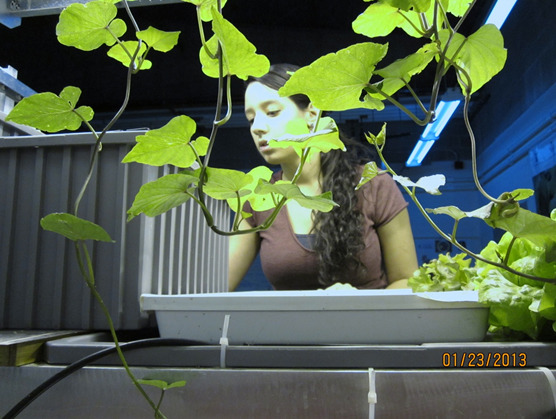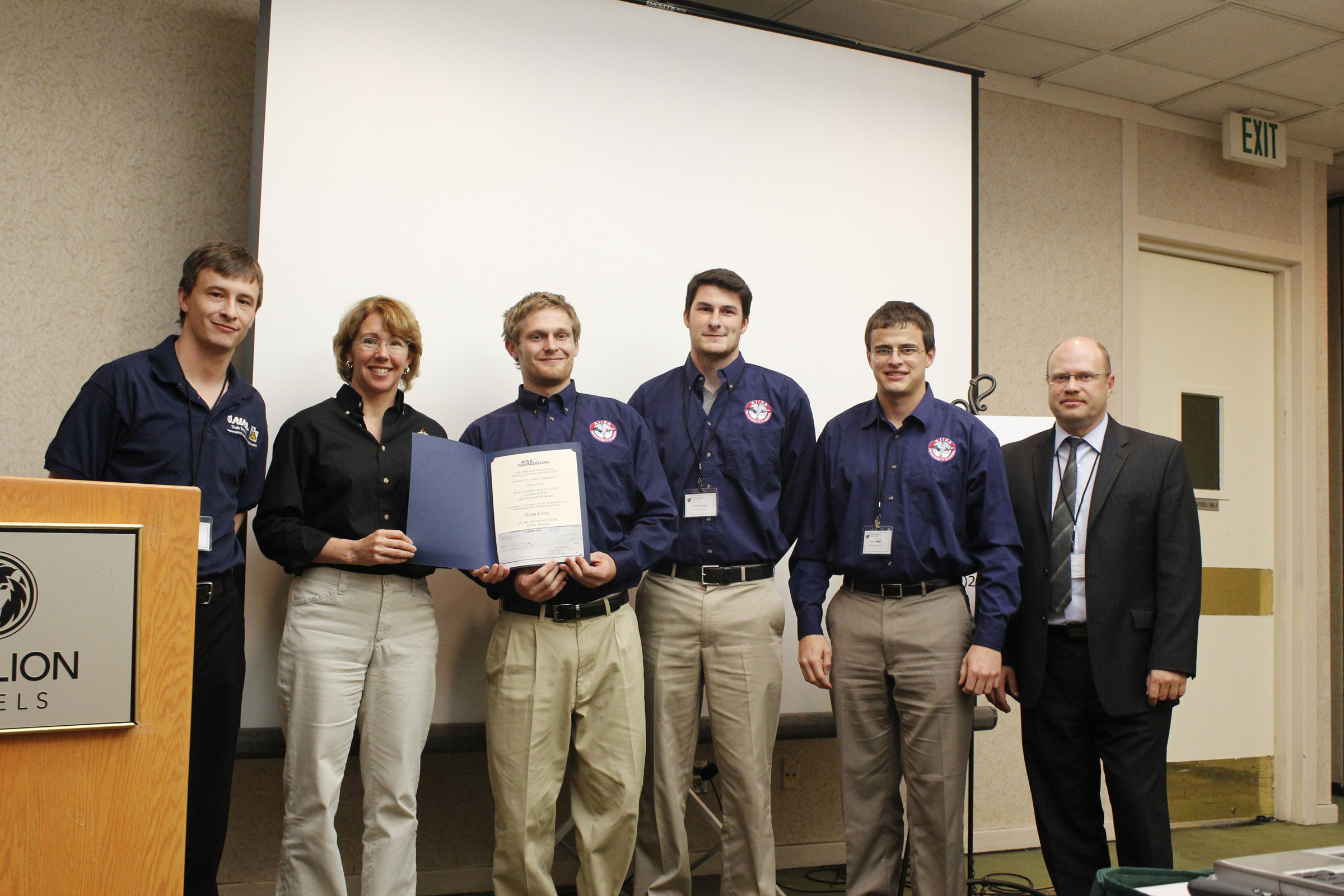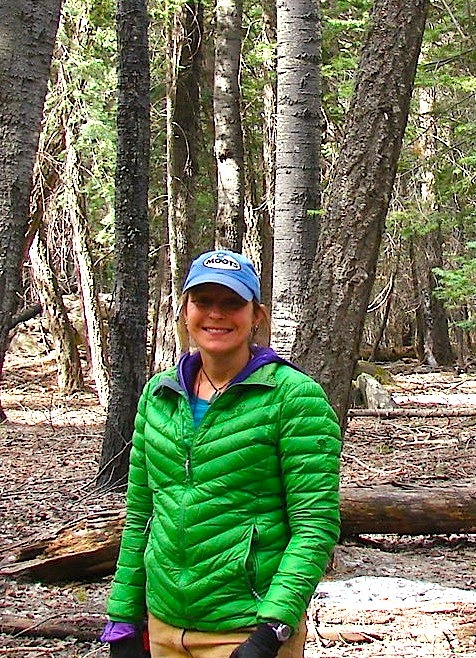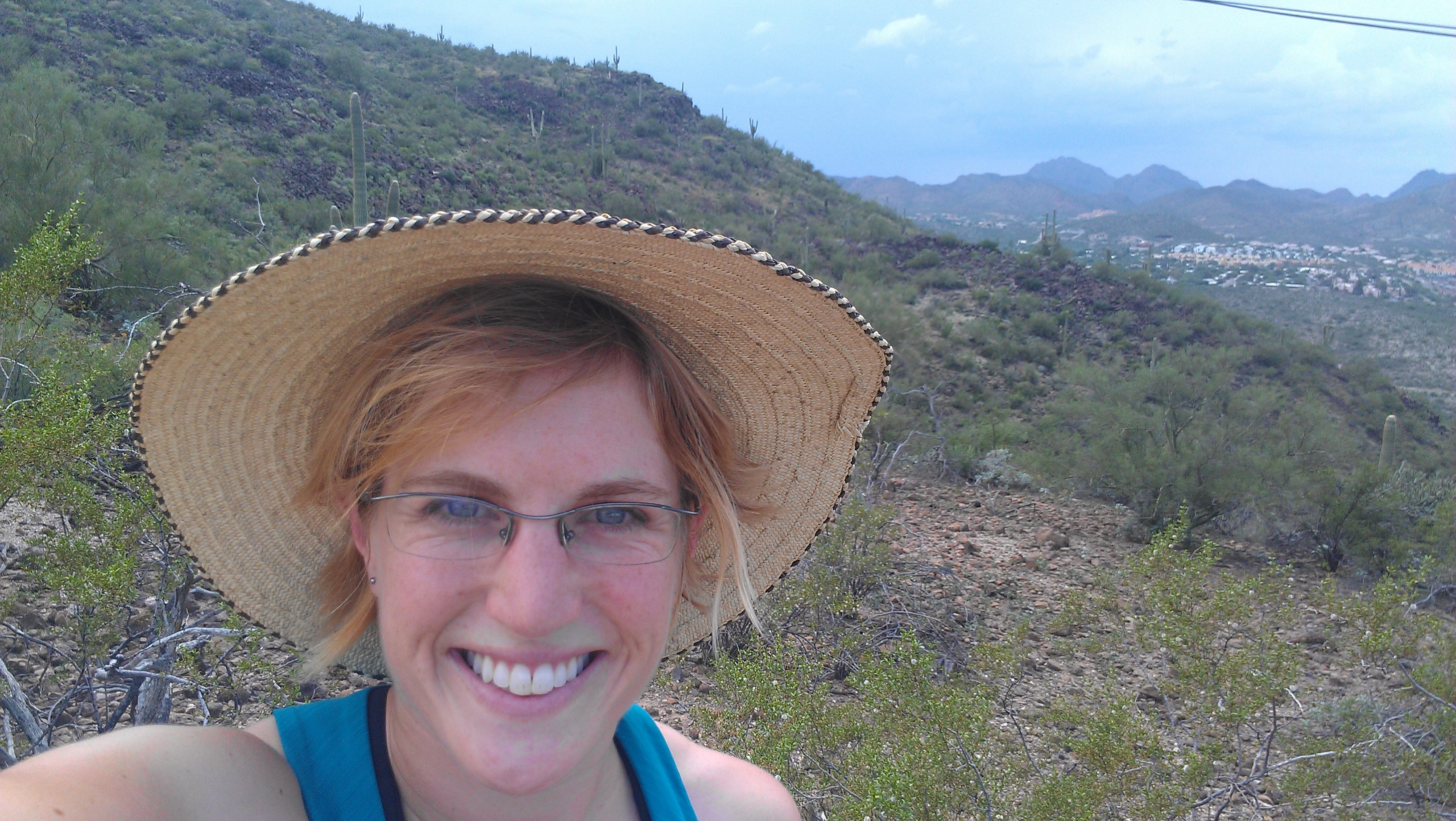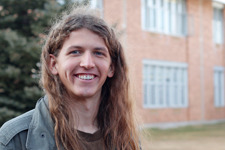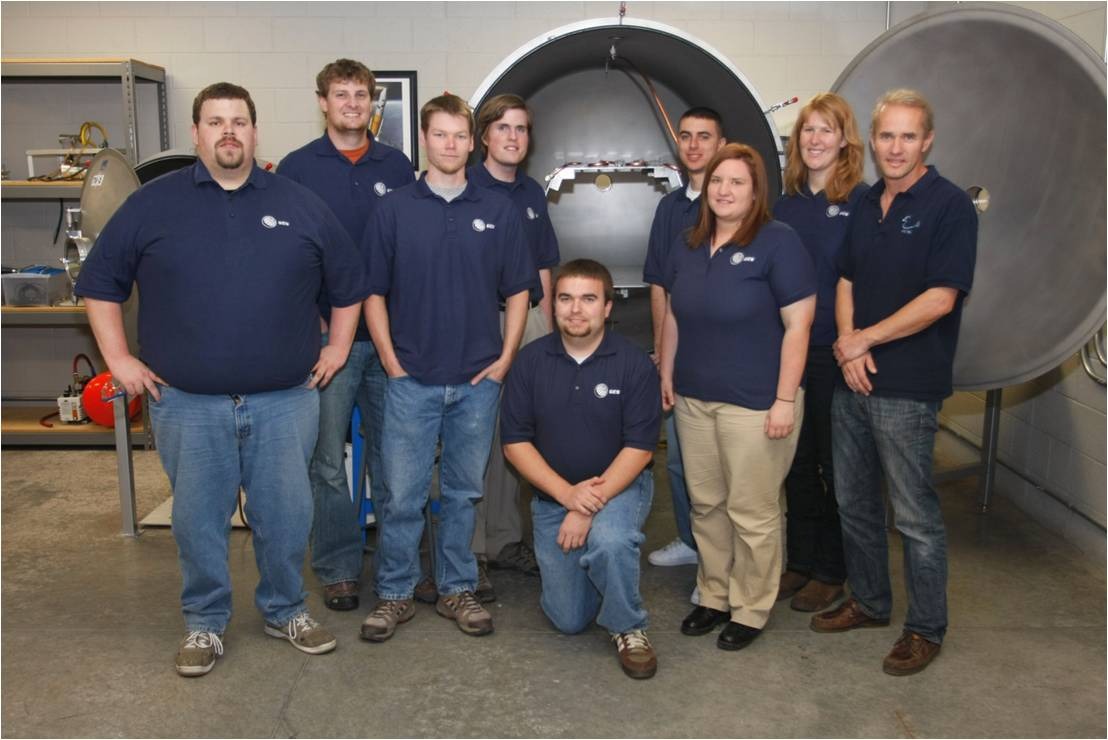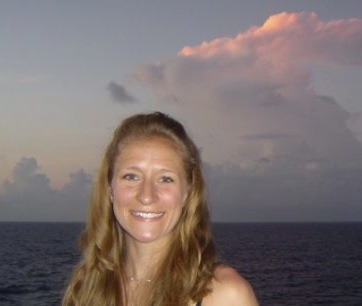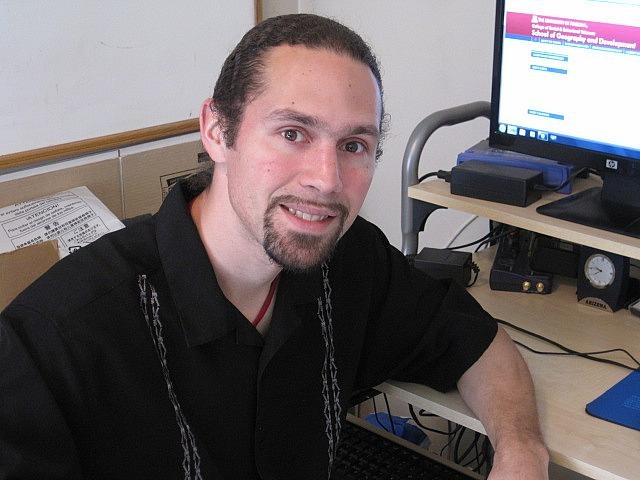Roger Hungerford Graduate Student Award
The Roger Hungerford Award is given to a student who, while attending an Arizona college or univer-sity, made significant contributions to the management and conservation of Arizona's wildlife and/or habitat. Contributions are in the areas of wildlife research, education and training, management, conservation, or law enforcement. The Award is given in memory of one of Arizona's finest research biologists, Roger Hungerford.
This year, the Roger Hungerford Student Award was presented to FY 2010, 2011 Space Grant Fellow, Melissa J. Merrick, Doctoral Stu-dent University of Arizona. Melissa provides a combination of a truly innovative and important project with broad implications for forest ecology and management, professional drive and produc-tivity, passion to learn, dedication to conservation issues, and an enjoyable personality are not com-mon and will serve her well in the future.
AZTWS Newsletter Spring 2013 (PDF)
2013 Joint Fire Science Program Graduate Research Innovation (GRIN) Award
Melissa Merrick has been selected to receive a 2013 Joint Fire Science Program Graduate Research Innovation (GRIN) Award!
The purpose of JFSP GRIN awards is to enhance graduate student’s exposure to and interaction with fire and fuels managers, to develop appreciation and understanding of fire and fuels managers information and research needs, and to augment already planned research to develop information and/or products useful to managers. JFSP recognizes that graduate students of today are the managers, scientists, and leaders of tomorrow. These awards allow graduate students to conduct research that will supplement and enhance the quality, scope, or applicability of their thesis or dissertation, and to build skills needed for independent inquiry.
Working in collaboration with Dr. Koprowski and Coronado National Forest Safford District fire managers, biologists, and silviculturist Craig Wilcox, I will assess how past burn severity and current fuel reduction treatments in the Pinaleño Mountains influence natal dispersal movements of juvenile Mt. Graham red squirrels.
